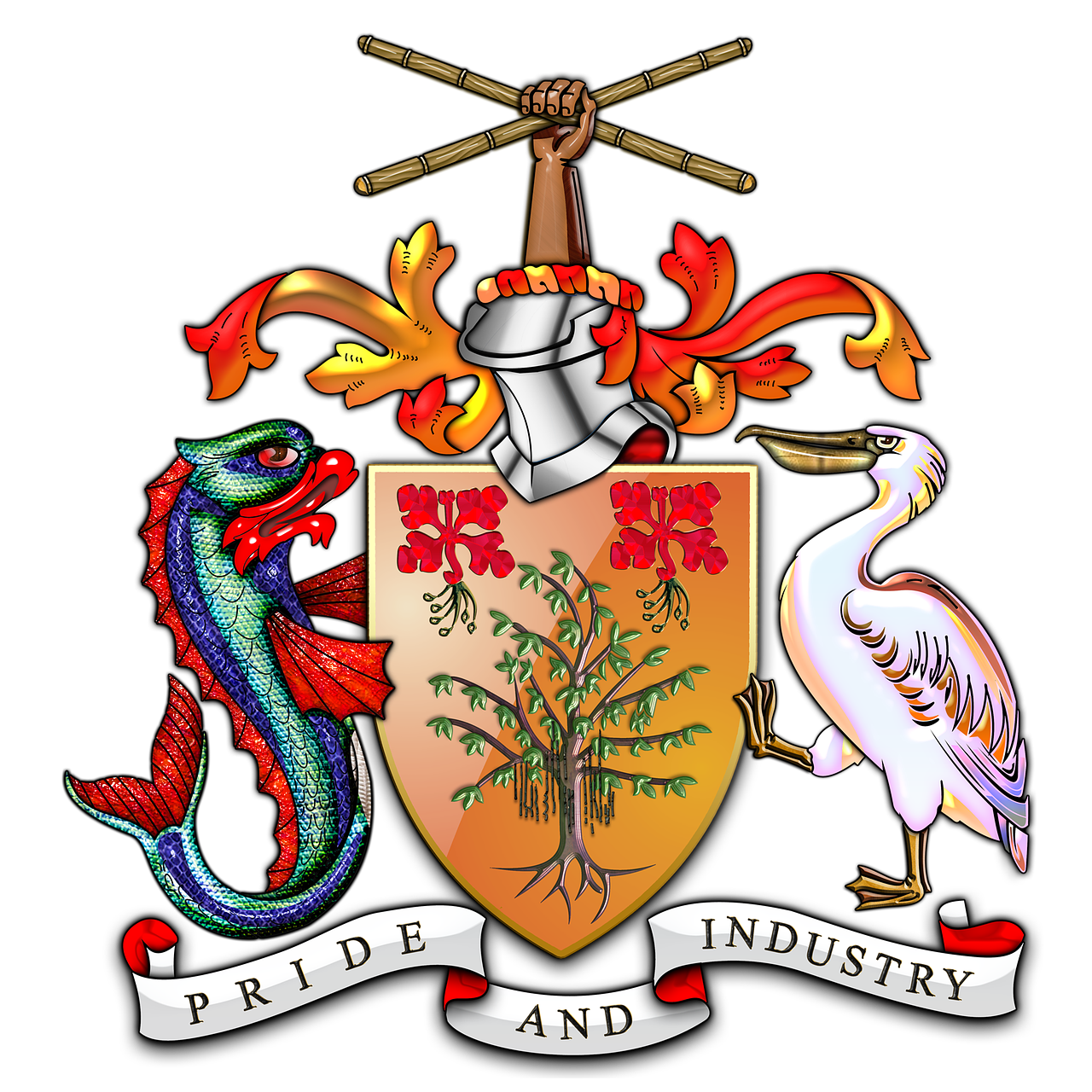Archaeological History

Archaeological evidence indicates that prior to 1625 the island had been inhabited by the Arawaks and Caribs but there was apparently no sign of them when the English arrived. However, later research has indicated that Caribs from neighbouring islands settled in small colonies in St. Phillip and St. Lucy. The early settlers, in order to survive, needed a cash crop and they selected tobacco, with cotton in second place. Poor economic returns convinced them that they had to find an alternative and this time sugar cane was selected.
This proved to be another mistake for the small farmer. Sugar production is capital and labour intensive and the financial outlay required to make it viable could not be met by the small man. Soon the small farmers were forced out of production and in the 1640's gave way to the large plantation owner.
This switch from tobacco and cotton to sugar is probably the single most important event in the history of Barbados, for it brought with it a number of far-reaching changes. It saw the consolidation of land holdings into large estates and the end of the small farmers; the end of the indentured European labourers and the drastic reduction of the white population; and the large-scale importation of black slaves from Africa, who provided plantation labour until their emancipation in 1838.
Over the centuries the fortunes of the planters varied with the times. The effects of the succession of wars in which Britain was engaged; the move in 1820 from protectionism to free trade, and by mid-century to the equalization of sugar duties for British and foreign grown sugar; the effect of beet sugar competition and the fall in sugar prices; these combined factors resulted in economic distress for all.
Economic distress in 1896 prompted an investigation by a Royal Commission. However, it was not until the unrest in 1937 that the seriousness of the island's economic state was fully appreciated. The Moyne Commission which carried out investigations after the unrest made a number of recommendations which were accepted and assistance was given in the form of grants and loans. There was continued evidence that sugar had to be helped and sugar growers received additional aid in 1951 with the signing of the Commonwealth Sugar Agreement. This remained in force until Britain's entry into the European Economic system.
